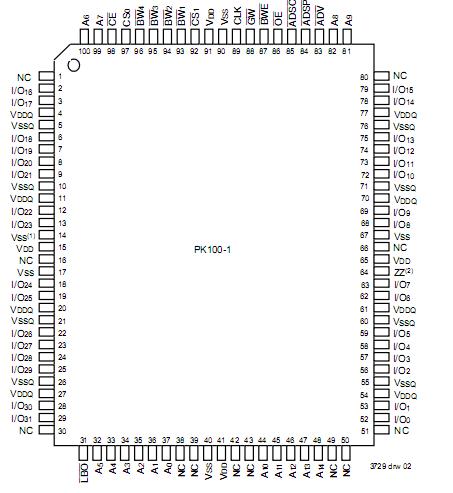IDT71V433: Features: 32K x 32 memory configurationSupports high performance system speed: Commercial and Industrial: - 11 11ns Clock-to-Data Access (50MHz) - 12 12ns Clock-to-Data Access (50MHz)LBO input selec...
floor Price/Ceiling Price
- Part Number:
- IDT71V433
- Supply Ability:
- 5000
Price Break
- Qty
- 1~5000
- Unit Price
- Negotiable
- Processing time
- 15 Days
SeekIC Buyer Protection PLUS - newly updated for 2013!
- Escrow Protection.
- Guaranteed refunds.
- Secure payments.
- Learn more >>
Month Sales
268 Transactions
Payment Methods
All payment methods are secure and covered by SeekIC Buyer Protection PLUS.

 IDT71V433 Data Sheet
IDT71V433 Data Sheet






